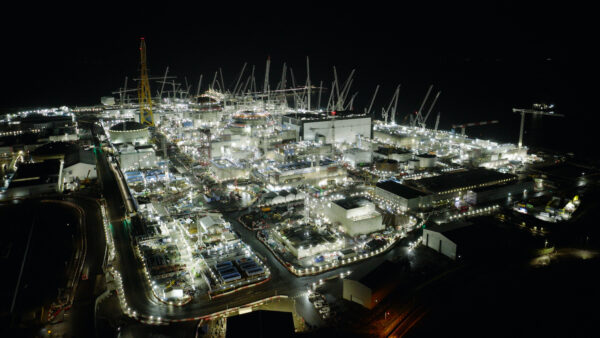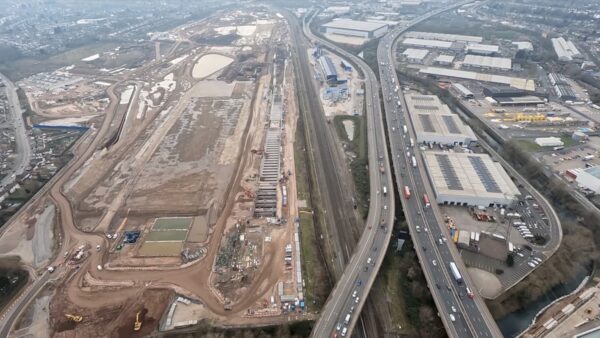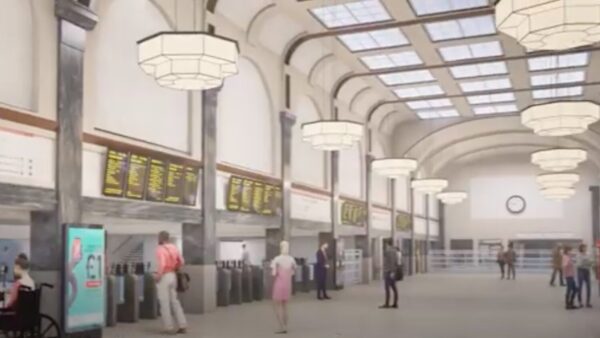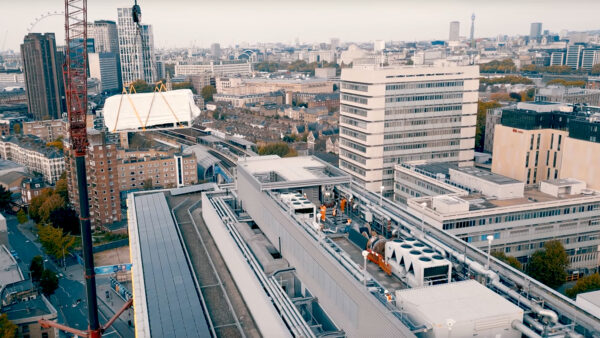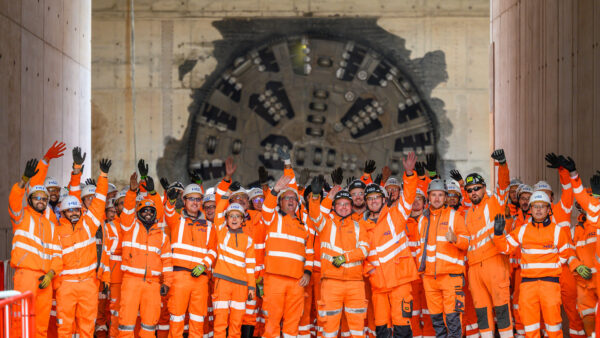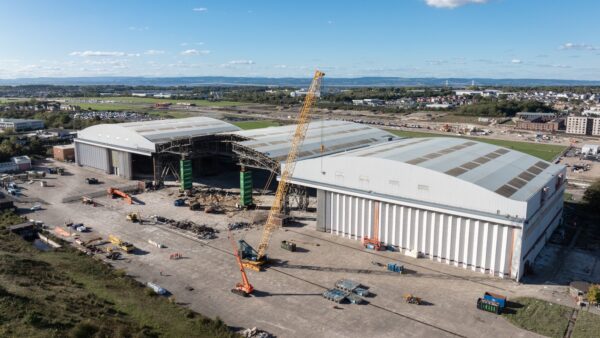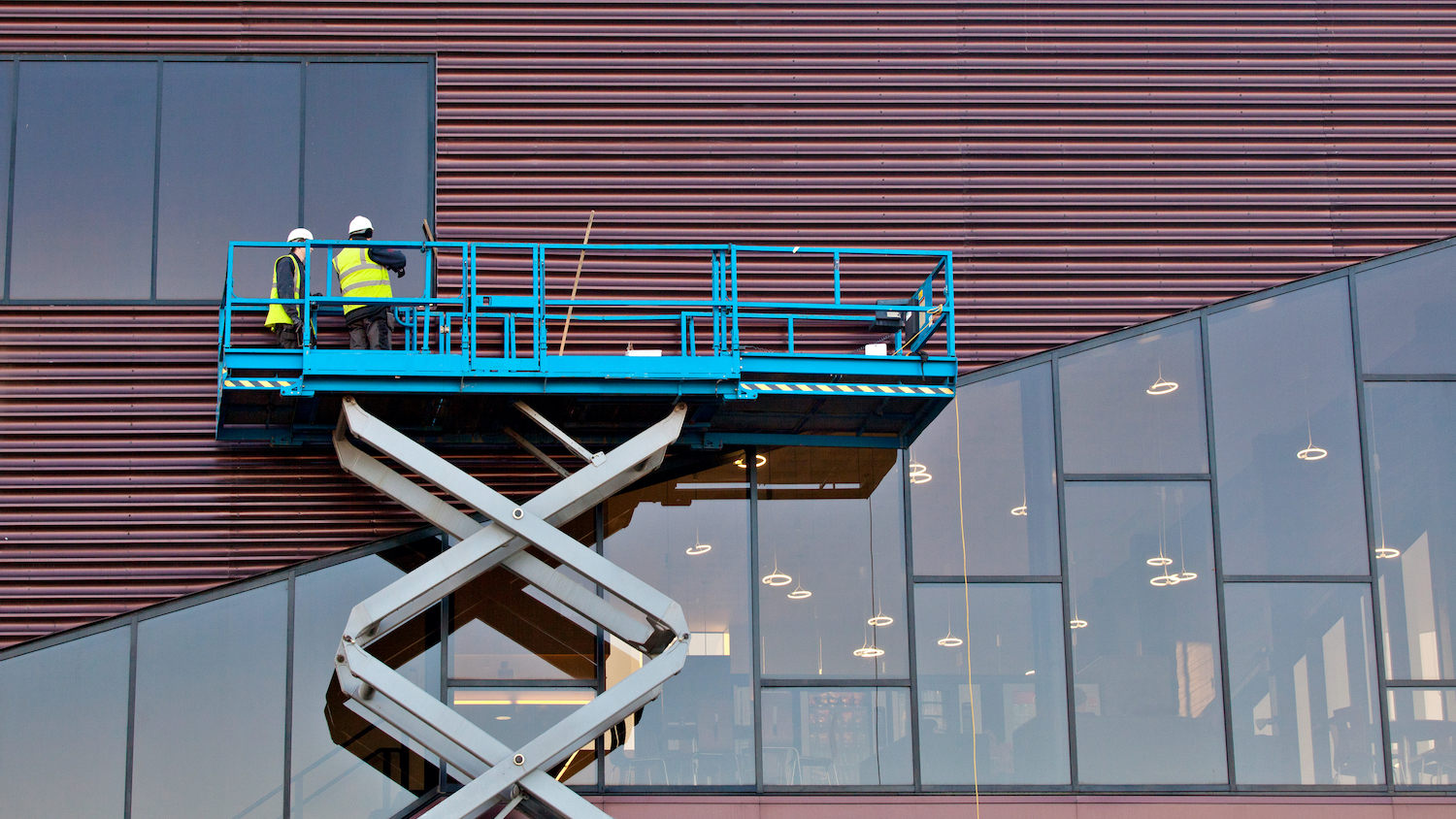A 3D model created using computer-generated imagery software shows how a 2,050-tonne tunnel boring machine (TBM) broke through into an underground reception can. This was then filled with foam concrete and the 4,217th concrete tunnel ring installed to complete the 8km stretch of Northolt Tunnel in London.
Due to high water pressure in the ground at the site, HS2 is using the reception can method for the machines’ breakthrough. The reception can allows the TBM to maintain pressure while sealant can be applied from the tunnel lining, preventing water ingress.
The reception can is then depressurised before it is opened and the TBM is lifted out. A quartet of TBMs are being used to build the Northolt Tunnel – a 13.5km twin-bore tunnel that will take high-speed trains from the outer edge of the capital at West Ruislip into the new Old Oak Common ‘super-hub station’ in West London.
Two machines, including Caroline, have been used to build the western section of the tunnel, while two more excavate the eastern leg – all being lifted out of the ground at Green Park Way.
Skanska Costain STRABAG joint venture is HS2’s London tunnels contractor.



